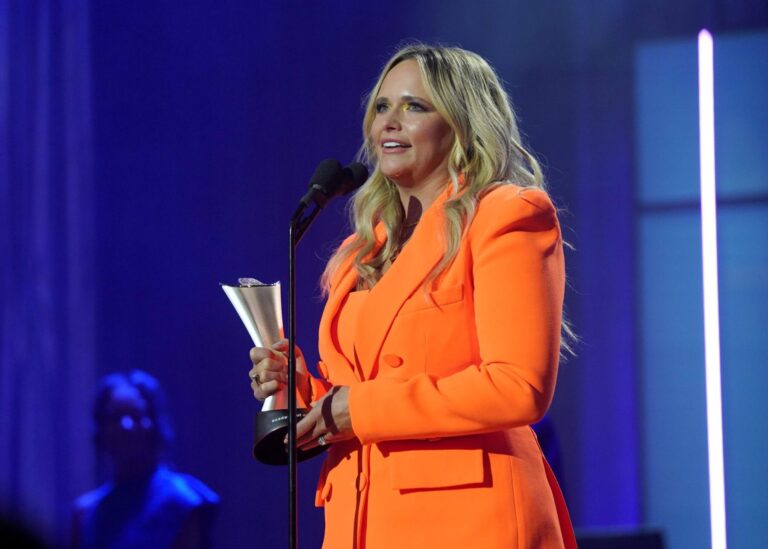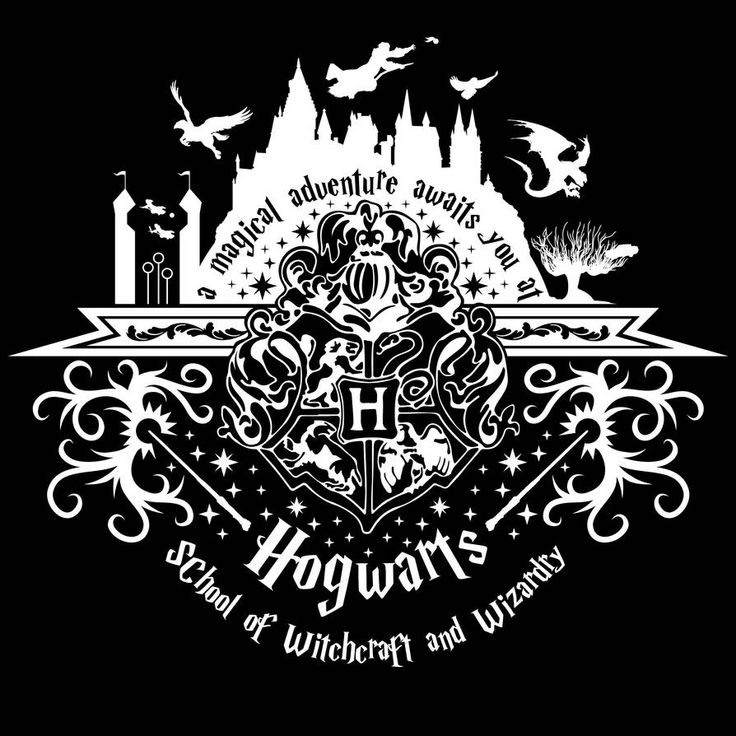One whale at a time

Risky business: Michael Beasley from Leongatha (centre) with fellow Bob Barker crew members on one of the small boats used to what he described as “harass” the Japanese whaling fleet to distract them from towing their bigger vessel. As a result, they had water cannons fired at them. Photo courtesy of Gary Stokes.
WHILE it’s easy to say we need to save the whales, a Leongatha man is going one step further to protect the magnificent mammals.
Michael Beasley has been a crew member of the Bob Barker ship for two years now, taking part in Sea Shepherd’s Antarctic Whale Defence Campaign.
He first decided to join Sea Shepherd after a chance meeting with a crew member.
Having always been interested in environmental and conservation issues, Michael said he really admired the courage of the crew, and the effectiveness of the action tactics they use.
With the whaling season running from December through to March, Michael said the most recent three month campaign was their second most successful to date.
“Our mission was to find the Japanese whaling fleet, who conduct their whaling research in the Southern Ocean Whaling Sanctuary,” he said.
“It’s illegal under international law, but we go down there to intervene against that because there’s no one else down there enforcing the laws.”
Michael said the crew have a number of tactics to prevent the Japanese from whaling, and despite being in the Antarctic Ocean, they often find themselves in hot water.
“The number one tactic is to just find their factory ship, Nisshin Maru, and we try and position our boat behind their boat; they’ve got a big slip on the back that takes the whales up for processing, so if we get behind that and block it off it pretty much shuts down their whaling operations for the entire season,” he said, adding the Japanese try their best to shake off the Sea Shepherd boats.
“In the past they’ve thrown flash hand grenades at us and bamboo poles, and this year they dropped grappling hooks on some of our fast boat crew.
“It gets a bit heated down there. I was in the small boats one year so our job was to go off and try and harass them and stop the ships from towing our vessel and relaying our co-ordinates to the factory ship so they could get away. We got sprayed down with water cannons which can get a bit cold.”
Michael said although there are “definitely a lot of dangers”, it’s a worthwhile campaign to protect such wonderful creatures like the whales; this year they saved a total of 768, adding to around 830 from the season before.
The Japanese whaling fleet usually hunt minke whales, as many of the great whales were wiped out when hunting was commercially allowed.
“Minkes are still very numerous, but they also have a quota to kill 50 humpbacks and 50 fin whales; this year they took one fin whale and they are an endangered species,” Michael said.
The whaling fleet has a quota to reach each season, which is usually over 1000 whales, and need to make 80 per cent to cover their operational costs.
In 2011/12, Sea Shepherd kept the Japanese to only 26 per cent of their target, and only 267 whales were killed.
Of course this is still 267 whales too many.
“Our oceans are in such huge trouble at the moment, we have to take responsibility and do something,” Michael said.
“The whales are like a keystone predator in our oceans. They kind of regulate our oceans and if you take them out of the chain then everything below them collapses.
“I just think if we can’t save the whales, what can we save?”
Michael said each year the Japanese government provides the whaling fleet with almost $30 million, and this year even received money from the tsunami relief fund.
“Their excuse was some of the whalers come from areas that were affected by the tsunami,” he said.
“It’s a shame; people from all around the world donated funding to help these people and it’s actually going to a whaling program that no one actually believes in.”
Sea Shepherd is now looking into doing a shark campaign in the Pacific Ocean as well as acquire another ship with the aim of keeping the whaling fleet down to a zero kill in the next season.
“Japan’s whaling program is definitely the biggest, and given it’s in the Southern Ocean Whale Sanctuary, we should be protecting it,” Michael said.
“Each year they’re losing money from it and we go down there and get stronger.”
Outside of the whaling season, Michael is kept busy on the Bob Barker doing chores and setting up defensive measures on the ship.
“The ship is about 50 years old, so there’re always things that need fixing up,” he said.
“It actually started off as a whaling vehicle, so it’s gone from killing whales to saving them.”
Short URL: /?p=3232






